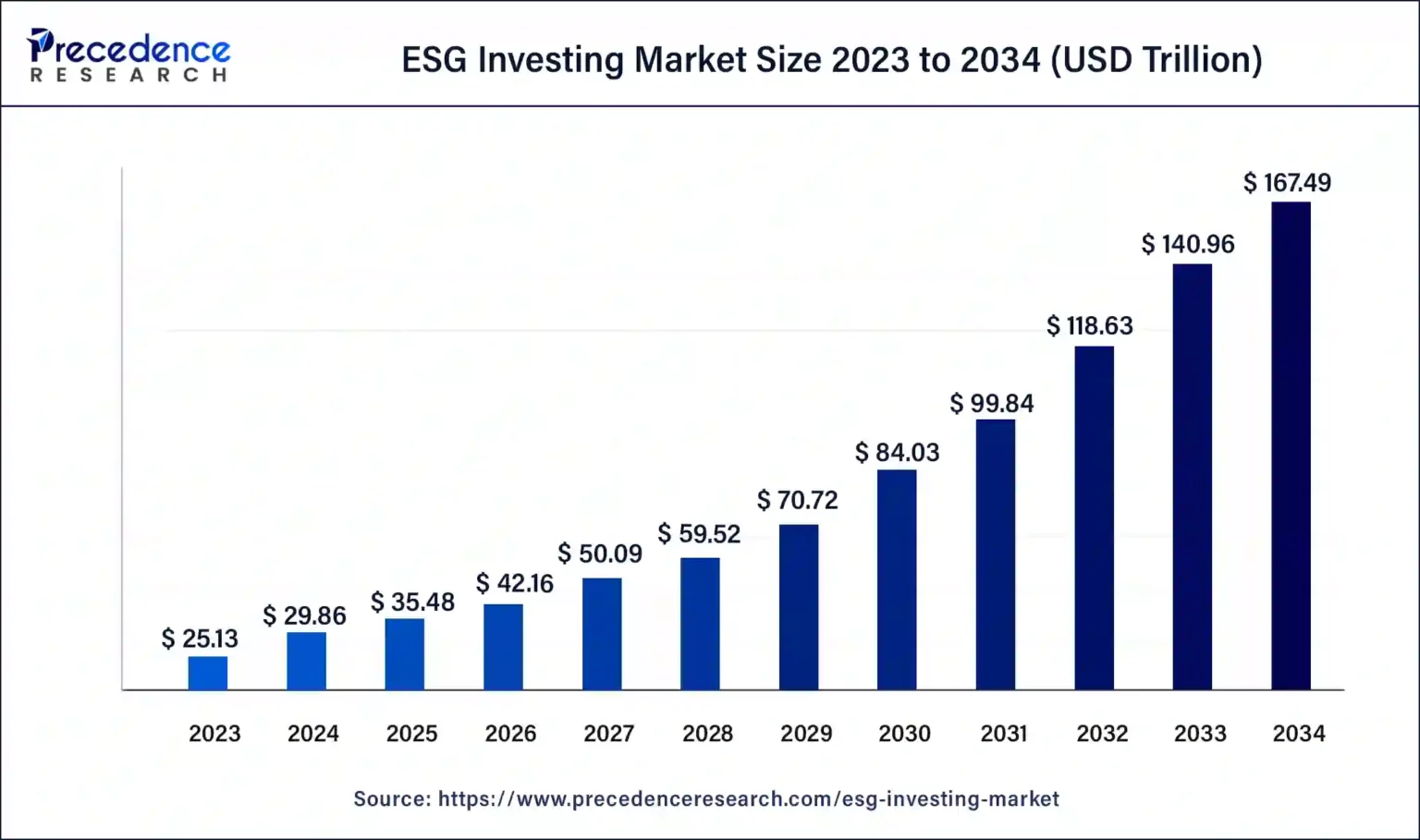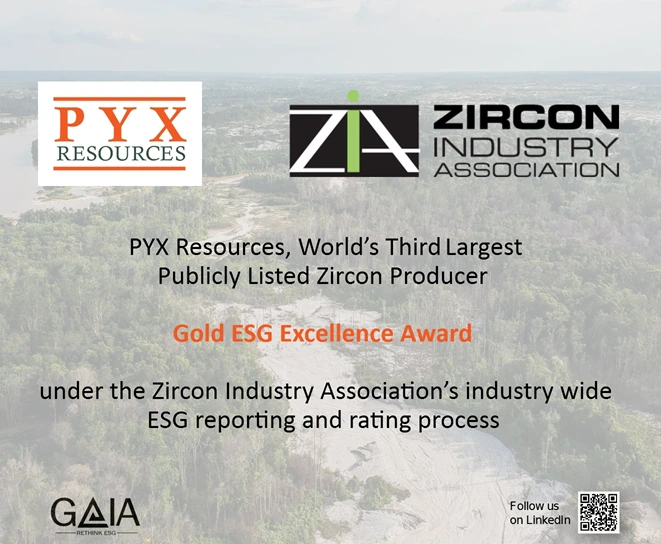ESG × Tokenization: A New Frontier in Sustainable Investment
Hong Kong, Oct 3, 2024
As sustainability becomes an integral part of investment strategies, the need for innovative solutions to enhance transparency, accessibility, and efficiency is crucial. One such innovation is the tokenization of ESG assets / sustainable investments, which leverages blockchain technology to revolutionize sustainable investing by decreasing the trading cost and increasing the transparency and accessibility of investment products.
Tokenization
What is Tokenization
Tokenization is the process of converting the rights of an asset including physical items (such as real estate or commodities), financial instruments (like stocks or bonds), or intangible items (such as intellectual property or digital art) into a digital token, often on a blockchain. These tokens can represent partial ownership of these assets, which can make traditionally illiquid assets (like real estate) more liquid by enabling fractional ownership, allowing more people to invest in assets that were previously difficult to access.
How Does Token Work
The tokenization process starts with identifying a real-world asset that can be digitized. This asset is then divided into smaller fractions, with each fraction represented by a digital token on the blockchain. Once tokenized, these digital assets can be listed and traded on decentralized exchanges (DEXs), such as Binance, Coinbase, or Uniswap online platforms. Token holders can list their tokens for sale, and buyers can purchase them, similar to how stocks are traded on a stock exchange.
Token trading typically takes place on a blockchain through the use of smart contracts and cryptocurrency exchanges. The smart contract is a self-executing contract with predefined rules used to manage the ownership and transfer of these tokens. It plays a crucial role in the tokenization process. These self-executing contracts ensure that all transactions related to the tokenized asset are carried out automatically and without the need for intermediaries. This not only speeds up the process but also reduces the cost of transactions, making it more efficient for all parties involved.
Blockchain as the Infrastructure
Blockchain is the underlying distributed ledger technology that records and verifies all token transactions in a secure, transparent, and immutable way. Every token transaction is logged on the blockchain, providing a trusted and decentralized record. Blockchain, serving as the platform where tokens are created, issued, and transferred, is often integral to tokenization initiatives.
Tokenization Market
The global tokenization market was valued at USD 2.81 billion in 2023. The market is projected to be worth USD 3.32 billion in 2024 and reach USD 13.20 billion by 2032, exhibiting a CAGR of 18.83% during the forecast period (2024-2032). This significant growth reflects increasing adoption, driven by the demand for enhanced security and transparency, improved transaction efficiency, and the rising interest in blockchain technology. As the demand for transparency and accountability in sustainable investments rises, tokenization can enable better ESG investing by improving the traceability of ESG data.
Source: Fortune Business Insights
How Does Tokenization Enable ESG Investing
ESG Investing Market
ESG investing, which integrates extra-financial data including environmental, social, and governance factors into the investment process, is gaining traction as a responsible approach to finance.
The global ESG investing market size surpassed USD 25.13 trillion in 2023 and is estimated to increase from USD 29.86 trillion in 2024 to approximately USD 167.49 trillion by 2034, projected to grow at a CAGR of 18.82% from 2024 to 2034.

Source: Precedence Research
ESG x Tokenization Feature 1: Assets Fractionalization
Tokenization paves the way for an enlarged investor pool to engage in ventures previously accessible only to large institutions. By fractionalizing assets and enabling micro-investments, tokenization increases the liquidity of investment and opens doors to a wider range of participants, promoting greater inclusivity, and thus democratizing investments.
ESG x Tokenization Feature 2: Data Traceability and Transparency
ESG data is a key enabler and hurdle of sustainable finance. While investors are increasingly integrating ESG data in their investment process, sourcing reliable data remains a challenge. Blockchain technology, the foundation of tokenization, ensures transparency and traceability.
Supply Chain
For instance, in industries like mining, tokenization can trace raw materials and products from extraction to final consumption as blockchain’s immutable nature ensures that all transactions are transparent and verifiable. By tokenizing raw materials like metals and minerals that are extracted, companies can provide stakeholders with detailed insights into the sustainability and ethical practices at each stage in the supply chain, ensuring compliance with ESG standards. Each step of the process can be recorded and tokenized, from mining operations adhering to environmental standards to workers’ welfare, allowing investors to see exactly what they are investing in and how their investments are performing, thus addressing concerns around greenwashing from companies and fostering trust between issuers, investors, and other stakeholders. This transparency reduces investment risks and boosts investor confidence, ultimately increasing their willingness to engage in high-risk investments such as the mining industry, fostering a sustainable mining world.
Environmental data: Carbon Credits
A carbon credit is a permit or certificate that allows the holder to emit a certain amount of greenhouse gases (GHG). Companies or individuals can purchase carbon credits to offset their emissions or sell them to others who need them to profit in the market voluntarily.
Carbon tokenization refers to the process of using blockchain technology to create digital tokens representing carbon credits. Carbon tokenization can create an immutable and transparent record of carbon credits through blockchain technology, which ensures that each transaction associated with carbon credits is permanently recorded and open to verification, thus avoiding fraudulent carbon credits in the markets.
Different standards and methodologies for issuing carbon credits can create confusion and hinder market efficiency. Carbon tokenization addresses these challenges by standardizing carbon credits across various sectors and jurisdictions. By introducing standardized formats for carbon credits, tokenization can provide a consistent metric for measuring carbon emissions. It can also categorize different types of credits—such as those representing renewable energy or reforestation—enhancing the comparability of environmental metrics. This standardization is crucial for multinational corporations operating in diverse regulatory environments and facilitates comparisons among companies across different industries.
Additionally, by creating tokens that adhere to widely accepted standards, such as ERC-20 on the Ethereum blockchain, different platforms can achieve seamless interoperability. This compatibility enables easier exchanges and transactions between various carbon markets. By facilitating cross-platform interactions, tokenization can encourage broader participation in carbon markets, ultimately contributing to more efficient pricing mechanisms and greater market stability.
The automation of verification and trading processes via smart contracts inherent in blockchain technology reduces the costs associated with carbon markets. These efficiencies make it economically viable for a greater number of projects to generate and trade carbon credits. Lower transaction costs also promote continuous participation and investment in carbon reduction initiatives, which in turn encourages the engagement of organizations in carbon reduction efforts.
Advancements in the Tokenization Process Towards Sustainability
One downside of using blockchain technology for ESG investing / sustainable investments was energy consumption. Earlier versions of blockchain used to consume high levels of energy. However, immense progress has been made in Sep 2022, Ethereum’s latest update cuts 99.9%+ of energy consumption, while the carbon footprint of third-generation blockchain protocol Tezos is equivalent to the average annual energy footprint of 17 global citizens. The decrease in energy consumption has helped blockchains to become more sustainable and align better with ESG principles.
Challenges Remain
While ESG investing powered by tokenization offers significant potential, there are still challenges that must be addressed for broader adoption.
One of the primary challenges facing the tokenization of assets is the lack of clear regulatory frameworks in many jurisdictions. The regulatory environment for tokenization is still evolving. Different countries have different approaches to how tokenized assets are classified and regulated. In some regions, tokenized assets are considered securities, subjecting them to stringent regulations. Navigating this complex landscape requires a deep understanding of both blockchain technology and financial regulations.
Despite the clear benefits, widespread adoption of asset tokenization is still in its infancy. Building trust among traditional investors and overcoming scepticism around blockchain technology and digital assets are significant hurdles to market adoption, market education is needed to ensure that both investors and issuers fully understand the implications and benefits of tokenization.





